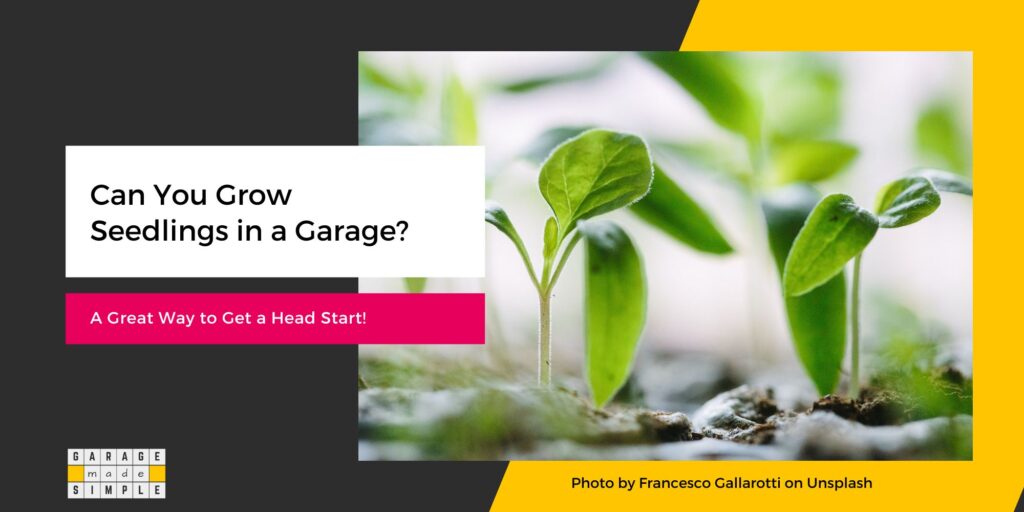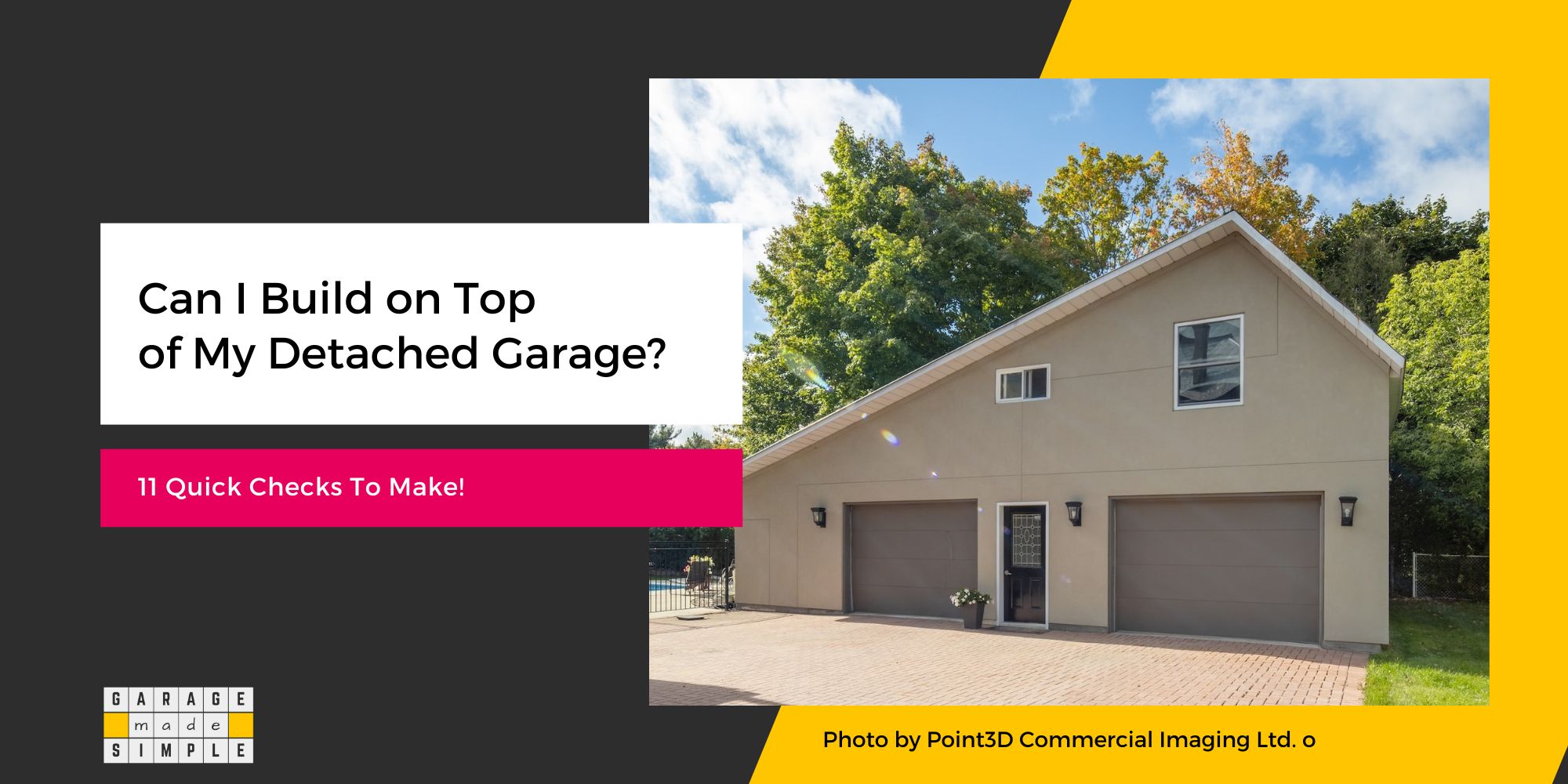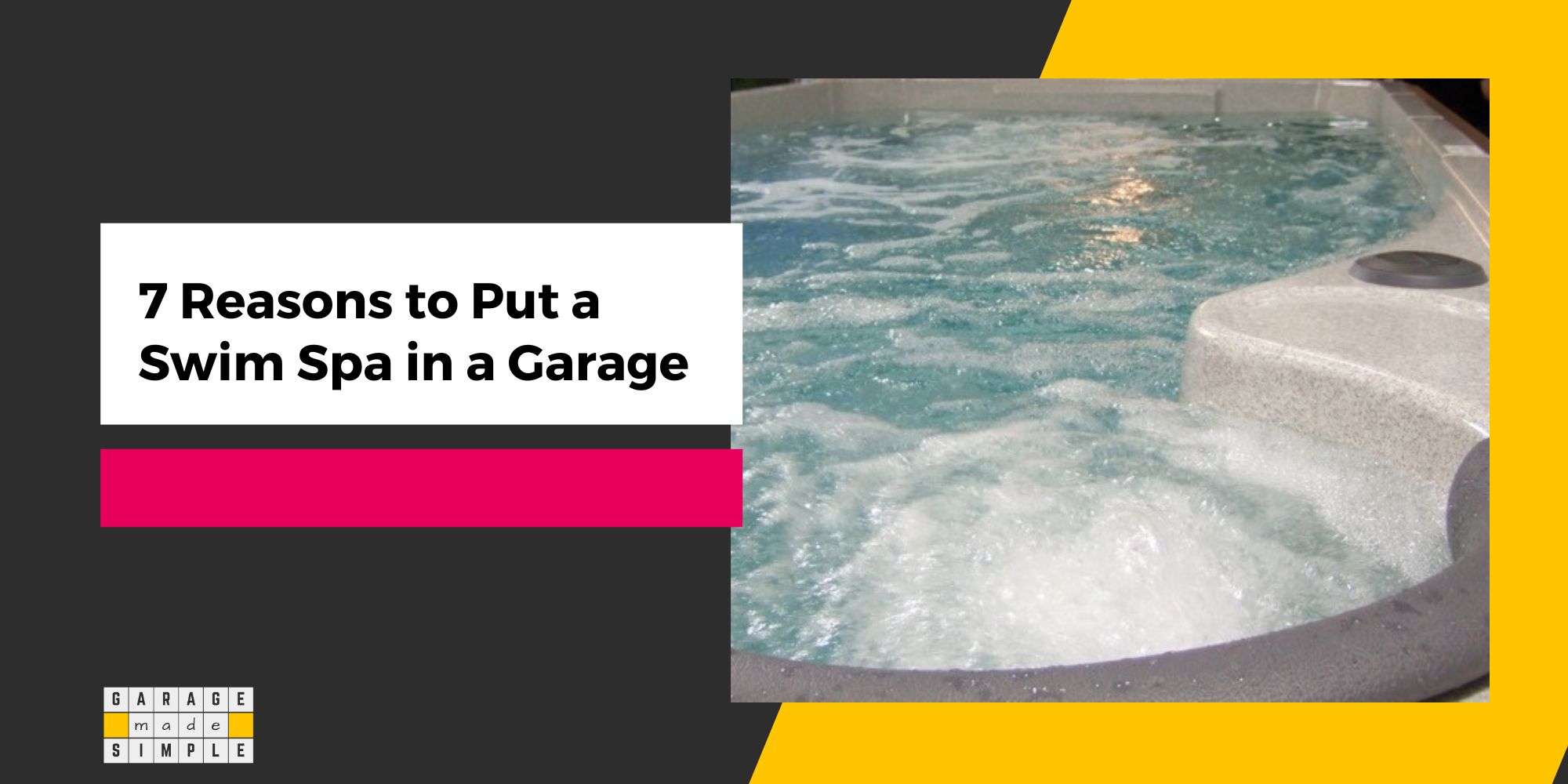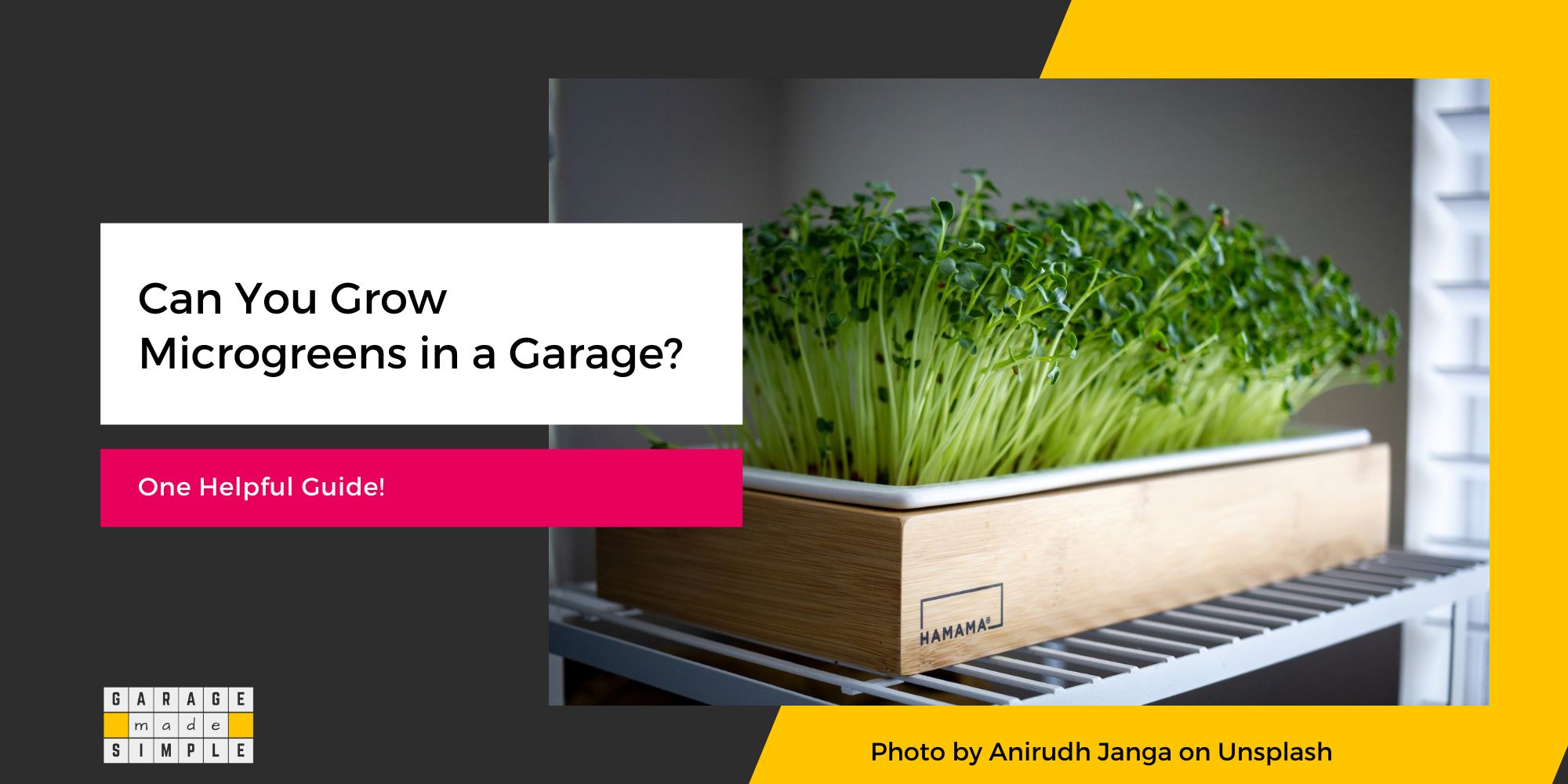Grow Seedlings in a Garage? (Great Way To Get A Head Start!)
As an Amazon Associate, I earn from qualifying purchases.
Can You Grow Seedlings in a Garage?
Do you love gardening? Do you also live in an area which has long winters? If the answer is “yes” to both questions, I can understand your frustration. Spring never seems to arrive. Only if you could grow your seedlings, somewhere indoors, ahead of time. So you wonder if you can grow seedlings in your garage?
You can grow seedlings in your garage provided it is well insulated, heated and ventilated. In addition you must set up a seeding station with warmth, light & humidity control.
Park your cars outside the garage once it stops snowing. Now you have ample space to set up a seeding station in your garage!
Grow your seedlings in the garage ahead of time and get a head start on your neighbors when the gardening season commences.

How to Grow Seedlings in a Garage?
Growing seedlings in a garage is a 6 step process.
Get Seedling Containers
You can grow seedlings in your garage by planting the seeds in small seed starting pots or trays. These are available online at Amazon. They are not too expensive and are super convenient.
Alternatively you can reuse some household items such as egg cartons, yogurt or ice cream cups, etc. Make small holes at the bottom of the container for drainage.
Buy Seed Starting Mix
Buy a good quality seed starting mix such as Miracle-Gro Seed Starting Potting Mix. Open the pouch and pour the mix in a large plastic tub or bucket. Add water and knead with your hands or mix with a trowel.
Keep adding water and kneading (troweling) till all the water is completely absorbed. Make sure that the seed starting mix is moist but not wet or soggy. Fill up the seedling containers.
Sowing the Seeds
Use different seedling trays for different types of seeds and label them correctly. It is quite difficult to differentiate between plants when they are in the seedling stage.
Place the seeds on the seed starting mix as per the instructions on the seed packaging. Usually medium sized seeds can be placed on the mix and gently pressed, so that they are lightly covered. Smaller seeds can be just sprinkled and left uncovered.
Seed Germination
Once the seeds have been planted you should mist them and keep the soil moist at all times. Leave the vent holes open for circulation.
Place the seedling trays on shelves in an area of the garage which is warm. At this stage the seeds do not need light. They just need moist warmth to germinate.
Give them Light
Depending on the seed variety and the climatic conditions, the seeds will start sprouting in a few days or weeks. Now the leaves need sunlight as an energy source to grow strong.
Move the shelves near a window or door where they can get some natural sunlight (not too strong though!). If this is not possible in your garage, use LED lights. They work fine too.
Transplanting
Before the seedlings are ready for the garden bed, they will need to be transplanted to a bigger pot, so that the roots have more room to grow. Transfer the seedlings carefully from the seedling tray to individual pots.
Once the season changes and the ground outside has warmed up, you can transplant the seedlings from the pots in the garage to the garden bed.
What Seeds Should Not Be Started Indoors?
Not all plants & vegetables should be started indoors in a garage and then transplanted outdoors. They should be planted directly into the garden outdoors or in pots in the garage and allowed to complete their growth cycle indoors.
Root Vegetables
Root vegetables like carrots, turnips, beets, etc. should be planted and allowed to grow undisturbed. They should not be transplanted from a pot to a garden bed. They will most likely die in the new surroundings.
Fast Growing Plants
Plants such as radishes and peas grow very fast and are quite tolerant to cold weather. There is no point in growing their seedlings in a garage. You might as well sow them directly in the ground.
Plants that do not Transplant Well
Certain plants are difficult to transplant from indoors to outdoors. They are tender and should be allowed to grow in the same spot. Examples are cucumbers, melons, pumpkins, squashes, etc.
What Seeds are Best Started Indoors?
Many of the popular vegetables, however, can be started in a garage and then transplanted to a vegetable garden once the ground has become warmer.
It is also possible to grow some of them completely in the garage and harvest them without any transplantation.
Of course, for growing vegetables in your garage you require to make arrangements for regular watering, adding nutrients, and providing warmth & sunlight to the plants.
Greens
Leafy greens and healthy, organic vegetables such as broccoli, cabbage, brussel sprouts, etc. are best suited for being started as seedlings in a garage.
Tender Fruits & Vegetables
Some fruits & vegetables are very tender as seedlings and will wither away outdoors if the ground is not warm enough or the weather changes unexpectedly. These include tomatoes, eggplant and peppers. It is best to grow them as seedlings in your garage before transplantation.
Plants with Slow Root Growth
Certain plants have very slow root growth. They are ideal for starting off as seedlings in a garage. You can start much ahead of the planting season. These include cauliflower, celery and eggplant
Bottom Line
The bottom line is that growing seedlings in your garage is an absolutely great way to get a head start on your gardening project!
Thank you very much for reading the post. I do hope you found it informative and useful.






